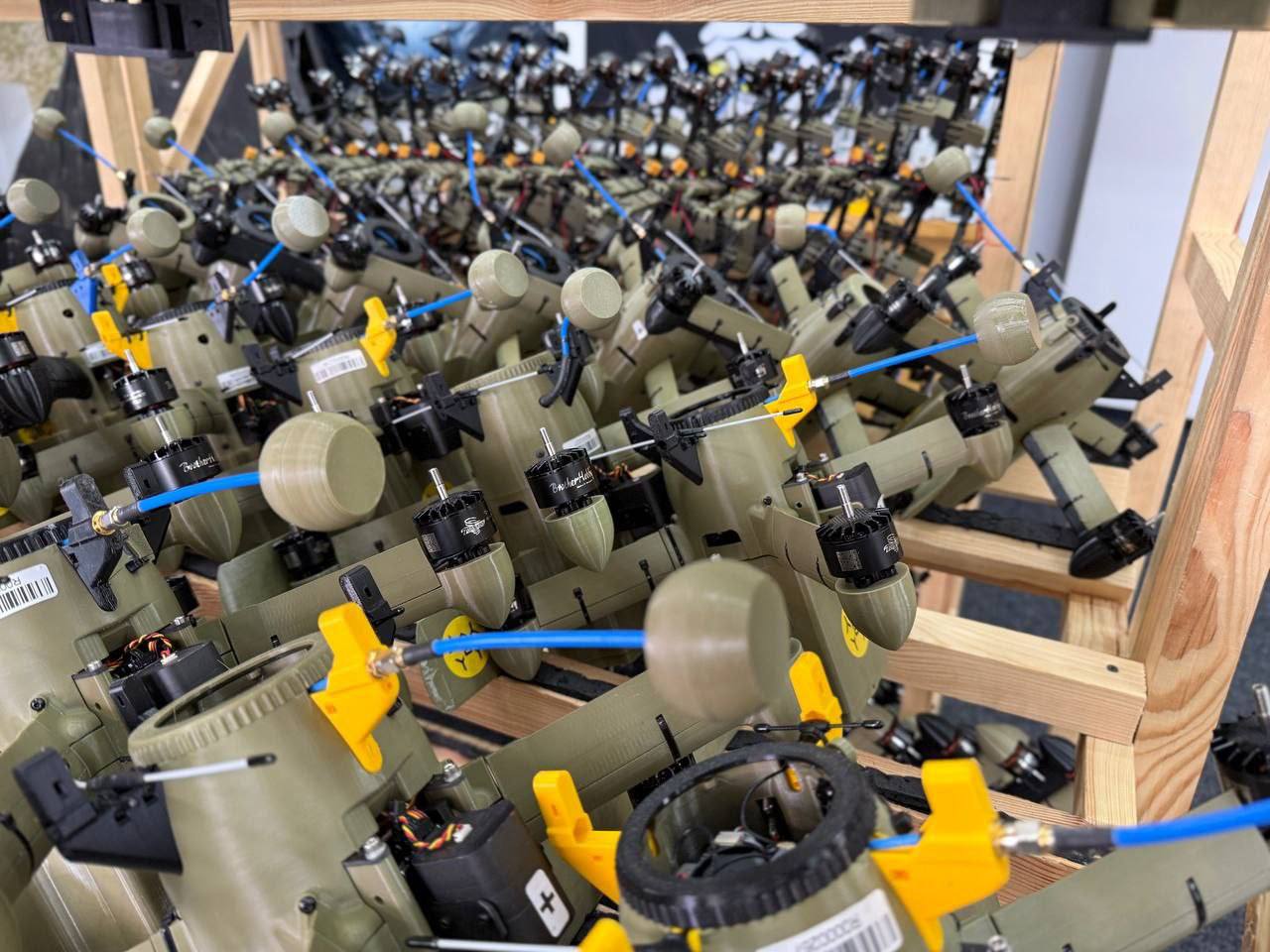Thousands of Russian suicide drones advance. Russian Shahed drone attacks have intensified in recent weeks, with Moscow increasing both the volume and changing tactics of its aerial assaults, making Ukraine’s defense more challenging, reports Defense Express.
Russian strikes are now more concentrated, with Shahed drones flying at higher altitudes, beyond the reach of conventional small arms fire. Additionally, Russia has ramped up production of Shahed drones to about 2,700 units per month. Decoy drones have become almost indistinguishable from combat ones.
Ukrainian air-defense drones have already proven effective against Russian unmanned aerial vehicles, which conduct reconnaissance. Ukraine can produce these drones en masse—they are significantly cheaper than Shaheds, which cost around $193,000 each, though more expensive than typical FPV drones.
Analysts emphasize that air-defense drones require upgrades to better counter Shaheds: installing night-vision cameras and new control systems to reduce operator skill dependence.
Improving targeting systems is critical, potentially using radio-command guidance, semi-active lasers, acoustic sensors, or visual detection.
Challenges remain around activation time, flight duration, speed, altitude, and weather conditions, as Shaheds can attack even in rain, snow, or fog.
A key advancement is shifting to a remote, rather than contact-based, target destruction system.
As a result, upgraded Shahed interceptors will be more complex and costly than FPV drones but remain far more affordable than traditional surface-to-air missiles.
Read also:
- Three Ukrainian companies make top 100 list of unmanned systems innovators
- How to annihilate 500 drones in one night when gunpowder runs low — Ukraine finds revolutionary way




